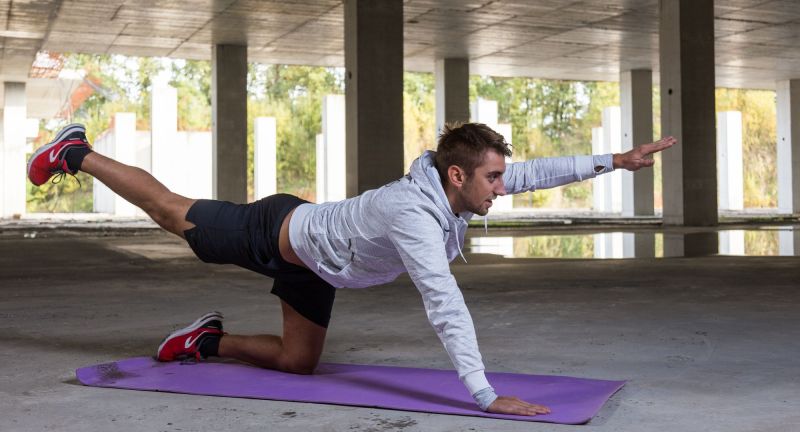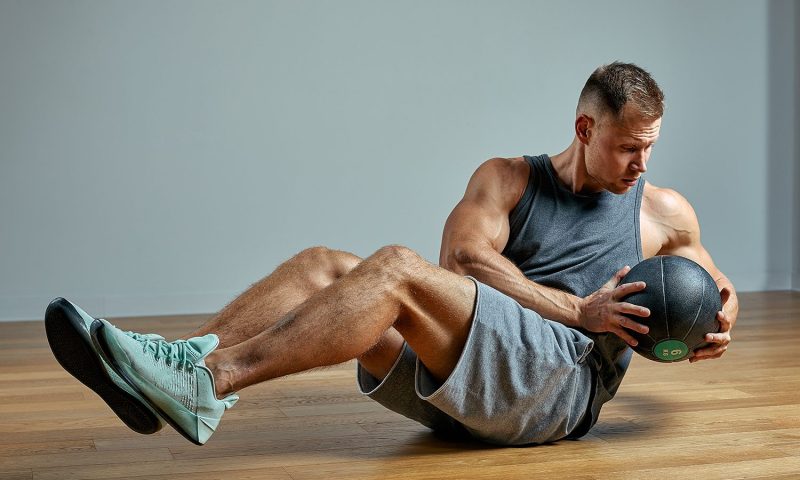Your core muscles consist of your erector spinae, obliques, abdominal muscles, and more. These muscles play a huge role in your daily functional activities and overall strength and fitness. Researchers found that training your core can improve your posture, balance, and stability, and reduce your risk of lower back pain. For runners, a weak core can really hold you back and compromise your running form, increasing your risk of back pain and running injuries.
You can work your core with classic moves like crunches, planks, and lying leg lifts, but it’s also important to include rotational exercises. Let’s look at the benefits of the increasingly popular rotational exercises and some of the best ones to try.
What is rotational training?

Rotational training involves exercises where you twist or turn your torso and engage your core and obliques. Your obliques are the muscles that run along the side of your abdominal area, and they’re often overlooked and in the shadow of the main abdominal muscles at the front that make up the desired “washboard abs” look. For example, with rotational lunges, you combine a lunge with a twist, which targets your lower body muscles, core, and obliques.
What are the best rotational exercises to try?

There are plenty of rotational exercises to choose from to keep your workout routine interesting and get the best results. Some moves, like bird dogs and the lying twist, don’t require any equipment other than maybe a soft yoga mat or exercise mat.
Here are some of the most effective moves to try:
- Cable core rotations
- Rotational crunches
- Lying twist
- Medicine ball slams
- Medicine ball rotational throw
- Landmine rotations
- Russian twists
- Wood chops
- Plank rotation
- Bird dogs
- Rotational deadlift to press
What are the benefits of rotational training?

Here are some of the many benefits of rotational training:
- Improve your balance, coordination, and the stability of your core and spine, which could lower your risk of injuries.
- Practice movements you use in a range of sports, especially throwing sports, which could enhance your athletic performance.
- Improve your overall functional fitness.
- Build rotational power.
- Engage multiple muscle groups simultaneously.
With a more stable core and spine and better balance and coordination, you might find you can more effectively perform weightlifting moves like deadlifts and the Big Three compound exercises.
You’ll use these rotational muscles in everything from swinging your golf club to swinging the baseball bat or throwing a football. When you’re making quick, sharp turns on the sports field, those strong rotational muscles and that fine-tuned coordination and balance will come in handy.




